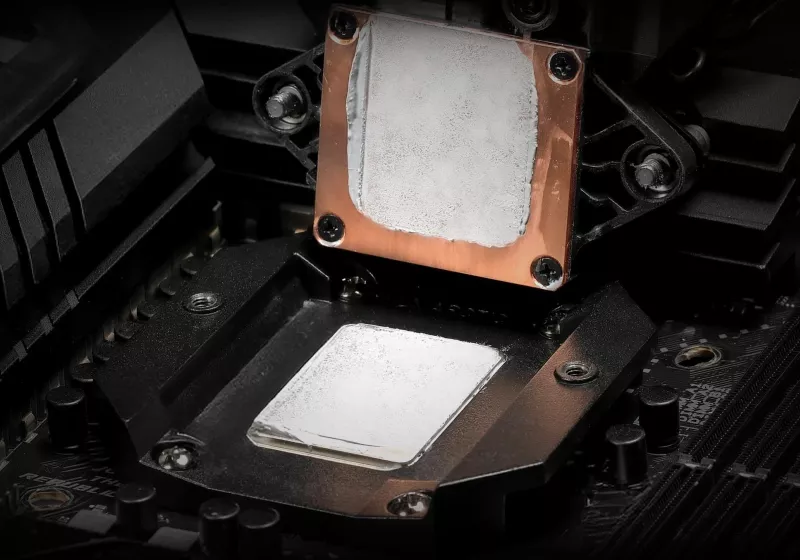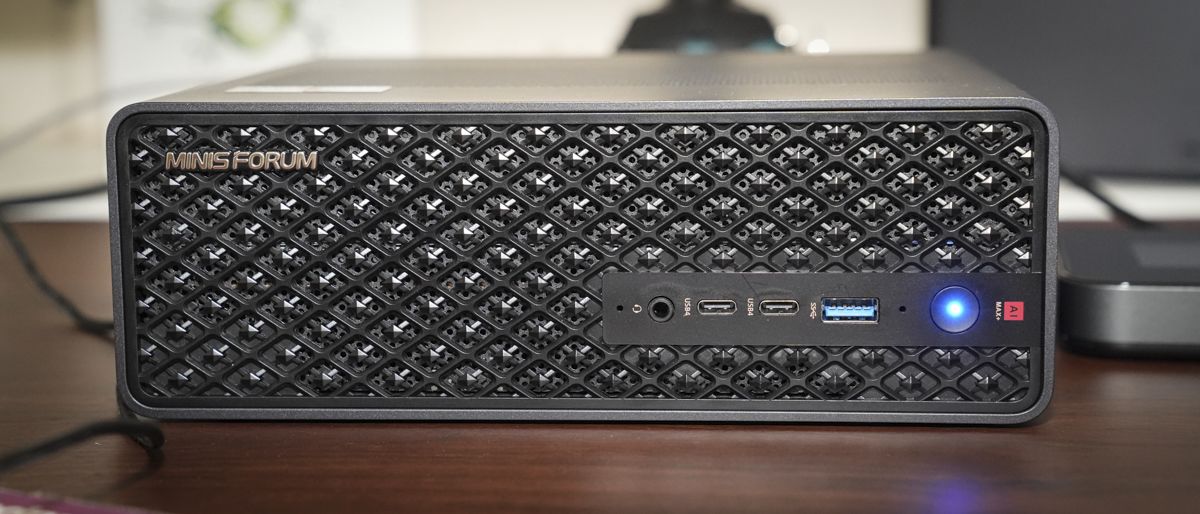Michael Burry, the investor who is famous for predicting the 2008 housing market crash and was portrayed by Christian Bale in the Oscar-winning movie “The Big Short,” has a new bubble prediction. This time, it’s AI.
Burry’s hedge fund Scion Asset Management disclosed put options on Nvidia, and an even larger one on Palantir, according to regulatory filings from Sept. 30 that were released on Monday.
Both companies are considered AI darlings, and their stocks have been buoyed high on the tails of the AI trade. Nvidia is the only company in the world to be worth more than $5 trillion. Palantir’s stock was up 150% this year.
Palantir CEO Alex Karp was visibly unhappy about Burry’s decision.
“I do think this behavior is egregious and I’m going to be dancing around when it’s proven wrong,” Karp told CNBC on Tuesday morning.
Days before his positions were disclosed, Burry posted and still has pinned a rather cryptic X post showing a photo of Christian Bale portraying him in “The Big Short” movie, along with text that says “Sometimes, we see bubbles. Sometimes, there is something to do about it. Sometimes, the only winning move is not to play.”
Then on Monday, Burry posted four more images with no context to his X profile. One of them was depicting declining year over year growth in the cloud segments of Amazon, Alphabet and Microsoft in 2023 to 2025 versus 2018 to 2022. All three of those companies dominate the market as top cloud providers.
Another chart was titled “U.S. tech capex growth is matching the tech bubble of 1999-2000.” Other experts have also warned of similarities between the current state of the AI market and the 1999 dot-com bubble, which burst in 2000 and evaporated around five trillion dollars in market value. Every other company’s earnings report nowadays mentions the word “AI,” in a striking parallel to the way every company in the early 2000s would plaster “.com” to delight investors, which has started to worry some skeptics that stock prices may have become detached from actual earnings.
Earlier this year, Apollo Global Management’s influential chief economist Torsten Slok said that the only difference between the dot-com bubble and the “AI bubble today is that the top 10 companies in the S&P 500 today are more overvalued than they were in the 1990s.”
More recently, the Bank of England also warned that stock market price valuations were comparable to the peak of the dot-com bubble.
The third photo in Burry’s X post was a Bloomberg diagram showing the circular dealmaking by top AI companies, with Nvidia in the center of the trade.
The circular dealmaking concerns have been getting more attention in recent months, especially as AI darlings Nvidia and OpenAI continue to announce deal after deal worth billions.
The AI industry has increasingly become a tangled web of multibillion-dollar investments, rapidly expanding inwards as a handful of tech giants with overlapping interests ink partnerships with each other.
These circular investments inject more money into the system and prop up not just the market but the entire U.S. economy. So, if all goes according to plan, they can continue to build economic growth. But if even one cog is faulty, and breakthroughs slow down or demand doesn’t pan out as expected, it could create a domino effect that can take the whole system down.
In a final post, Burry posted a page from a book called “Capital Account.” He had highlighted two segments describing the telecommunications crash, which followed the dot-com bubble burst: “By 2002, it was commonly reported that less than 5 percent of US telecoms capacity was in use. Thousands of miles of expensive fibre optic networks remained ‘unlit’ beneath the ground,” and “Wholesale telecoms prices fell by more 70 percent a year in 2001 and 2002. Many of the companies which not long before had been valued at huge premiums to their invested capital, now sought protection from creditors.”
It’s not out of bounds to say that Burry is drawing a parallel between the current AI-driven state of the stock market and the financially turbulent times of the early 2000s.
The investors of the 2000s weren’t completely incorrect on the potential of the internet. The internet did turn out to completely change society and our everyday lives, and the demand for the fibre optic networks did eventually arrive. But investor enthusiasm overestimated just how fast and large these companies could deliver on the hype.
Fed researchers issued a similar (though much less bubble-certain) warning earlier this year, pointing out the risk that comes with building expensive infrastructure too quickly for anticipated demand. If the demand doesn’t scale as expected, the Fed researchers wrote, it could lead to “disastrous consequences,” much like the railroad over-expansion of the 1800s that led to an economic depression towards the turn of the century.








 English (US) ·
English (US) ·